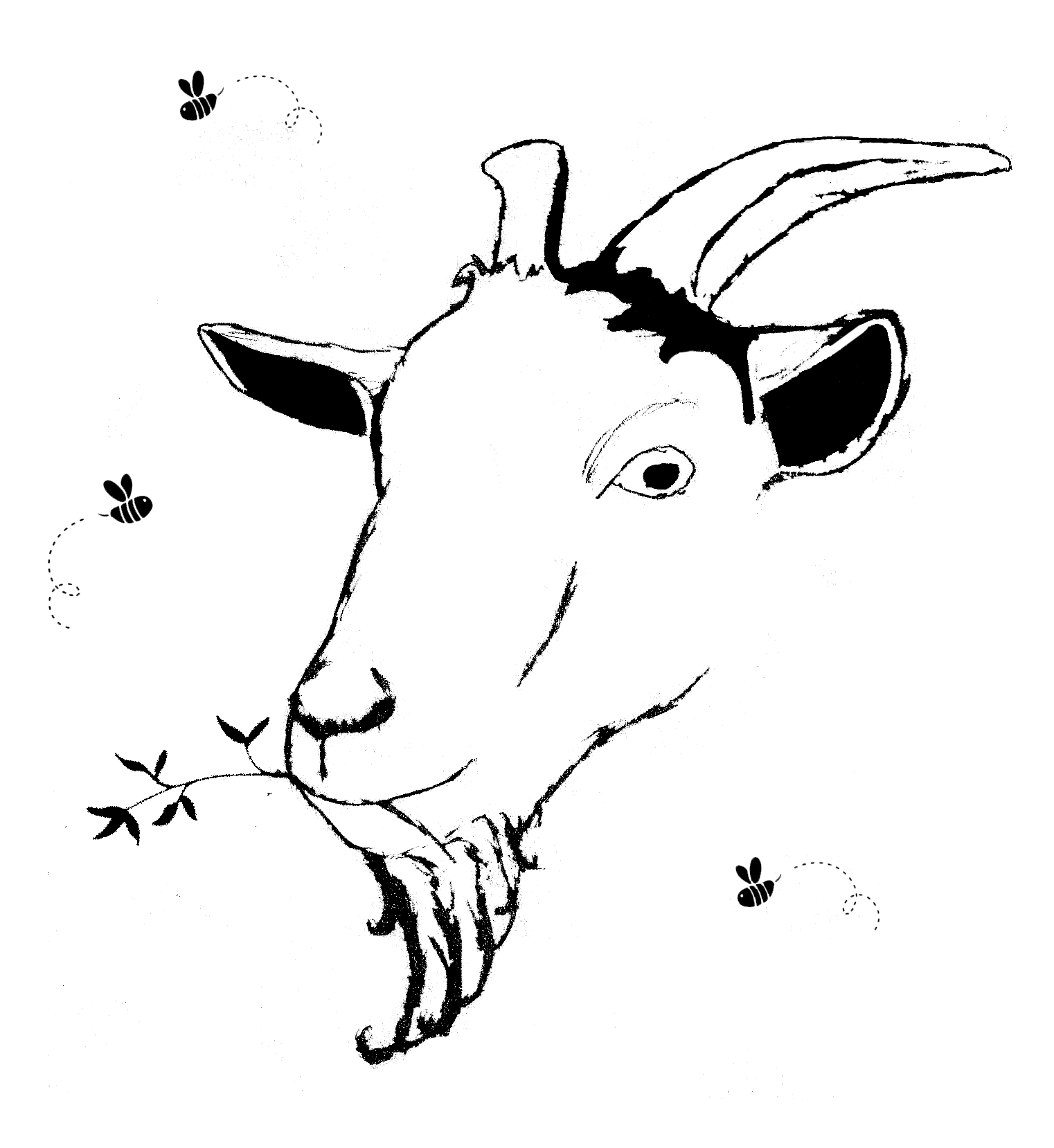Botanical Information
- Family: Piperaceae
- Common Names: Cubeb Pepper, Tailed Pepper, Java Pepper
- Parts Used: Dried unripe fruit (cubeb berries), Essential Oil
Description
Piper cubeba, commonly known as Cubeb Pepper, is a tropical climbing vine native to Indonesia and other parts of Southeast Asia. The dried berries, known as cubebs, have a distinctive spicy, aromatic flavor and have been used traditionally in herbal medicine for respiratory, digestive, and urinary tract support. The plant has a long history of use in Ayurveda, Traditional Chinese Medicine (TCM), and European herbalism.
Historical and Traditional Uses
- Used in Ayurveda and TCM for respiratory conditions, digestive health, and urinary tract infections.
- Traditionally employed in European medicine for its expectorant and antiseptic properties.
- Used in herbal smoking blends to aid in respiratory health and clear congestion.
- Incorporated into culinary and medicinal preparations for stimulating digestion.
Constituents
- Essential oils (cubebene, cubebol, limonene)
- Piperine
- Flavonoids
- Resins
- Alkaloids
Actions
- Expectorant
- Antimicrobial
- Carminative (Relieves gas and bloating)
- Urinary antiseptic
- Stimulant
- Anti-inflammatory
Medicinal Uses
1. Respiratory Support:
Cubeb is used for bronchitis, chronic coughs, and congestion due to its expectorant and antimicrobial properties.
2. Digestive Health:
Traditionally used to relieve bloating, indigestion, and mild gastric discomfort.
3. Urinary Tract Health:
Has antiseptic properties that make it beneficial for mild urinary tract infections and bladder irritation.
4. Antimicrobial Effects:
Traditionally used to combat bacterial and fungal infections, especially in the respiratory and urinary tracts.
5. Aphrodisiac and Stimulant Properties:
Historically considered a mild aphrodisiac and used to enhance circulation and vitality.
Preparation and Dosage
Infusion (Tea from Cubeb Berries):
- 1 tsp of crushed cubeb berries per cup of hot water. Steep for 10-15 minutes. Drink up to twice daily.
Tincture:
- 2-5 ml taken up to twice daily.
Essential Oil (Topical and Aromatic Use):
- Dilute with a carrier oil and apply to the chest for respiratory support or use in steam inhalation.
Culinary Use:
- Traditionally used as a spice in dishes and herbal smoking blends.
Precautions and Contraindications
- Pregnancy and Lactation: Avoid medicinal doses due to potential stimulant effects.
- Gastrointestinal Sensitivity: May cause mild irritation in individuals with sensitive digestion.
- Drug Interactions: May interact with medications affecting digestion or circulation.
- Excessive Use: Can cause irritation to the urinary tract if overused.
Energetics (Traditional Medicine Perspectives)
- Traditional Western Herbalism: Warming and stimulating; supports digestion, respiration, and circulation.
- Ayurveda: Balancing for Kapha and Vata, but may increase Pitta in excess.
- Traditional Chinese Medicine (TCM): Moves Qi, disperses cold, and strengthens the Lung and Kidney meridians.
Combinations
- For Respiratory Support: Combine with eucalyptus and licorice root.
- For Digestive Health: Combine with ginger and fennel.
- For Urinary Health: Combine with uva ursi and buchu.
Harvesting and Storage
- Harvesting: Berries are collected before ripening and dried for medicinal use.
- Drying: Sun-dried or air-dried in a warm, ventilated space.
- Storage: Store dried berries and essential oil in airtight containers away from moisture and light.
Modern Research
Studies confirm Piper cubeba’s antimicrobial, expectorant, and anti-inflammatory properties, reinforcing its traditional applications.
Cubeb Pepper remains a valuable herb in both traditional and modern herbal medicine, particularly for respiratory health, digestion, and urinary tract support.

